Meaningful Metrics: Five Ways to Capture Impactful Metrics that Prove Value
Meaningful Metrics for the Modern Enablement Function
In The Enablement Squad’s November 2025 webinar, Liz Taylor, CEO of The Corporate Bestie walked us through how enablement can drive impact through metrics. You can watch the full recording in the video above or read the recap below!
Getting Started
The sales enablement function often faces a challenging mandate: prove your value. It’s not enough to be busy; you must demonstrate a measurable impact on the business. In a recent webinar, Liz Taylor, CEO of The Corporate Bestie, walked through the essential framework and mindset shifts required to move past simple satisfaction scores and showcase true enablement ROI.
Liz emphasized that the purpose of enablement is straightforward: to help sellers make more money, do things faster, and make their jobs easier. However, this goal is often complicated by common struggles, including siloed data, inconsistency across programs, and the perennial problem of low survey response rates
The Gold Standard: The Kirkpatrick Model
To tackle measurement complexity, Taylor advocated anchoring all enablement evaluation in the Kirkpatrick Model of Evaluation. This internationally recognized framework allows teams to categorize and measure the results of any learning program across four distinct levels:
Level 1: Reaction — Measures the learner's initial response (favorability, usefulness, relevancy). This is your standard "smiley sheet" survey.
Level 2: Learning — Assesses whether participants actually absorbed the intended knowledge and skills. This typically involves quizzes, knowledge checks, or assessments.
Level 3: Behavior — Measures whether the knowledge and skills are applied on the job. While often tracked via manager observation or role-playing, Taylor noted that incorporating specific, application-based questions into surveys can help capture this data, especially in large organizations.
Level 4: Results — The ultimate business impact.
The Mindset Shift: Correlation Over Causation
Level 4 is where most enablement teams struggle, feeling pressure to prove a direct, one-to-one causal link between a single training program and increased revenue. Taylor urged attendees to shift their mindset: ROI is not just dollars; ROI is impact.
Instead of aiming for unattainable causation, focus on establishing correlation. Correlation demonstrates a relationship, proving that the behaviors encouraged by your program are trending alongside positive business results, such as higher conversion rates or lower time-to-revenue. This approach helps build a compelling data story without ignoring the other variables that influence revenue.
Creating Consistency with a Standardized Survey Strategy
To ensure your Level 1 and 2 data is useful for informing Levels 3 and 4, consistency is critical. Taylor recommended a standardized survey approach across all enablement programs (new hire, product training, etc.).
Tactical advice includes:
Standardize Demographics: Consistently capture demographic data like tenure, role, and line of business in every survey. This allows you to pull segments and analyze trends across disparate programs.
Specify the Impact: Don't just ask if a program was "helpful." Instead, ask what skill the seller has actually implemented. For instance, reporting that "78% of sellers implemented these skills" is a powerful impact metric that leadership cares about.
Be Predictable: Schedule surveys with consistency to improve low response rates and anticipate completion.
Wrapping Up
Ultimately, proving enablement value is an ongoing strategic process. Taylor's final advice was to start planning now for next year's metrics, ensuring you have access to the necessary data sets to analyze year-over-year trends and tell your complete impact story.
